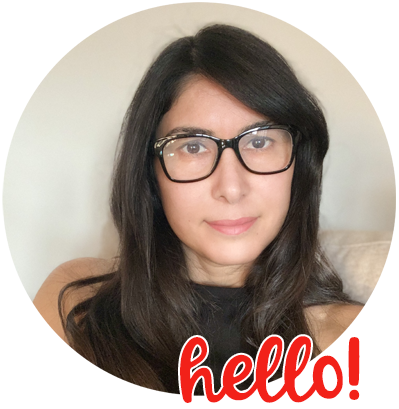As young as kindergarten ESL students are, using graphic organizers is always a helpful way of organizing language learning and information and building vocabulary. Visual illustrations allow ELLs to better understand the information while learning important vocabulary. These visual learning tools require a specific implementation process. They must be a collaborative effort of all teachers. Implementing graphic organizers as an instructional strategy (especially if all subject teachers would use these organizers) will be most helpful for ELL students. If you introduce one map every week you have set your student up for success for the rest of the year. It’s good for ESL students to have predictable tasks within new lessons. It is the best way to build vocabulary and you can start in the early years by getting students familiar with how to organize information. Very important is to not mix the map order. The following is the order that the maps that should be introduced:
Circle Map, Bubble Map, Double Bubble Map, Tree Map, Brace Map, Flow Map, Multi-Flow Map, and Bridge Map. Below I will elaborate on how I used it and why.
Why Teachers Should Use it:
- It builds background
- It creates dynamic visual representations
- It supports the brain’s natural pattern-seeking t
- It supports academic vocabulary
- It supports writing
- It helps with reading comprehension
- It teaches students critical thinking skills
- It is most useful to ELLs when presented in small group activities
To determine which kind of graphic organizer to use, consider the academic task that is required of students. For example, use a flow chart for sequencing events and a Venn diagram for comparing and contrasting, a T-chart for cause and effect, or a bubble map for characteristics and describing. To make this easier I have created free graphic organizers with matching keywords.
Circle Map
This map is good for young ESL students as they can draw their ideas by writing words. Use this map for brainstorming and to assess prior knowledge. You can also use it as an assessment after you have taught a project students can make a new one or use the one they already made. I like this because the students can see their own progress. Draw or Write in the inner circle the theme or vocabulary word and in the outer circle, students can draw what they know about this word or theme.
Bubble Map
This map is good for ESL students to use their adjectives to describe a word or topic. A Bubble Map supports students to use descriptive language that involves logical comparisons or five senses. The topic or word is written in the inner bubble and the other bubbles are for the adjective to describe the word that is written in the middle.
Double Bubble Map
This map is perfect to compare and contrast two words or things. It has two big circles with the things that must be compared. Words or things that identify the differences between the two large circles are located in smaller bubbles going out from the two large circles. Students like a double bubble map because it gives them structure.
Venn Diagram
You can also use a Venn Diagram to make students compare and contrast. I like to use this for stories or monthly celebrations like Halloween and Thanksgiving. What I like about this diagram is that students have more space to draw.
Tree Map
This Map helps students to organize the main idea and details in stories or events. The word or topic is written at the top of the “tree”. The connection lines are there to connect the main idea to the sub-categories or to details. The map helps students to classify information. This map is useful for expanding vocabulary, and inferences for reading assessments.
Brace Map
This map helps identify part-to-whole relationships of things. Perfect for learning parts of objects. This is a very good way to build the vocabulary of parts. Write the vocabulary words on the left and their components on the right. Make sure that students are familiar with the word on the left side.
Flow Map
This map is excellent for sequencing steps or events. I like to use this map for events that happen in stories. It is great to analyze patterns and order information. The first box should have the name of the event or sequence. The big events are placed in the big boxes and the smaller boxes are for sub-events. You can draw this map in any direction you like. Make sure you have taught “Sequencing Words” or display them in your classroom; so students can answer questions such as,” what is the order in which the story took place?”
Multi-Flow Map
This map is used to show and explore the causes and effects of events. This map shows the impact or benefits, results, predictions, etc. The center box has the important event or situation and on the left side are the causes of that situation and on the right side are the effects or consequences. The story David Goes to School by David Shannon is a perfect story to introduce this map.
Brace Map
This map supports students in understanding the relationship between two different things. It is used to connect related ideas and understand analogies and metaphors. Students draw or write on the top and bottom of the “bridges” that are connected by an “as” statement. I used this when I was teaching rhyming in kindergarten.
Graphic organizers also known as Thinking Maps are a valuable tool to use in your classroom. Have you used one? Let me know in the comments.






